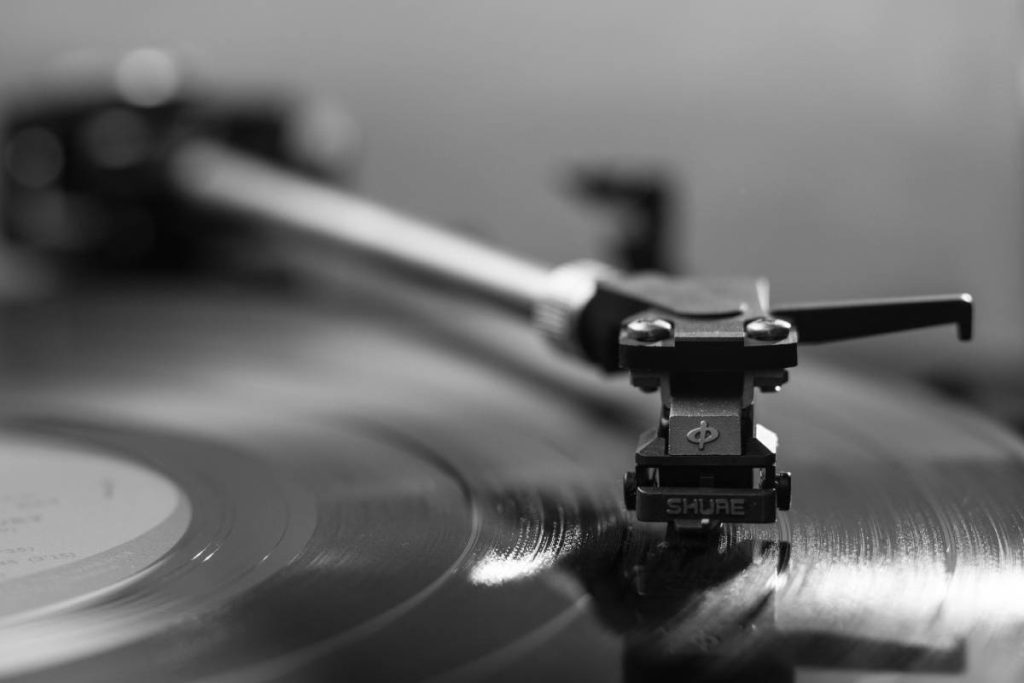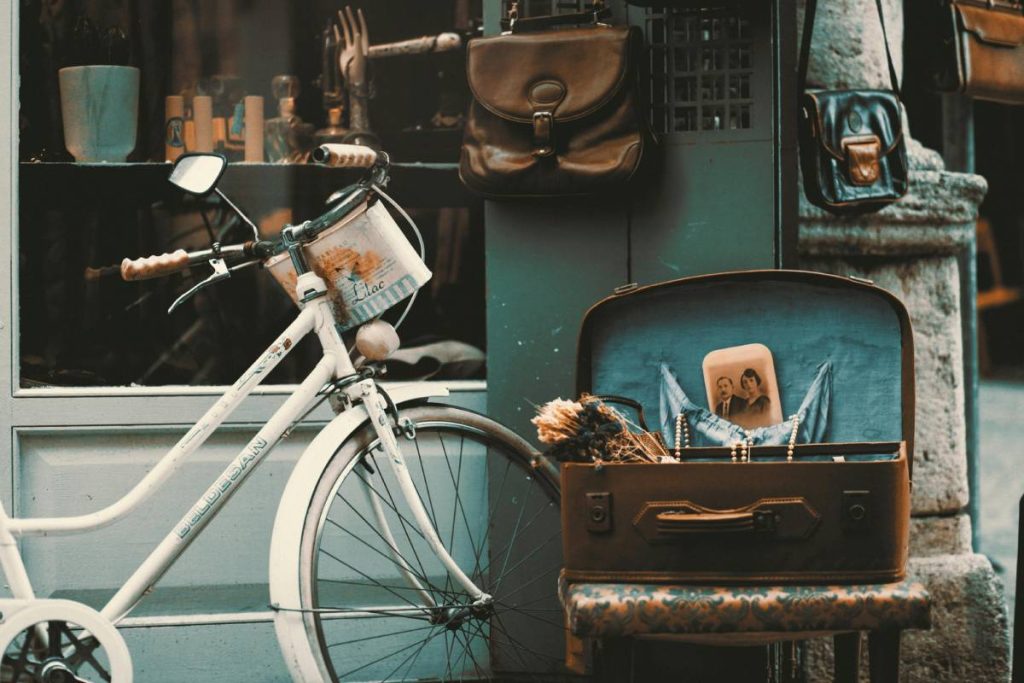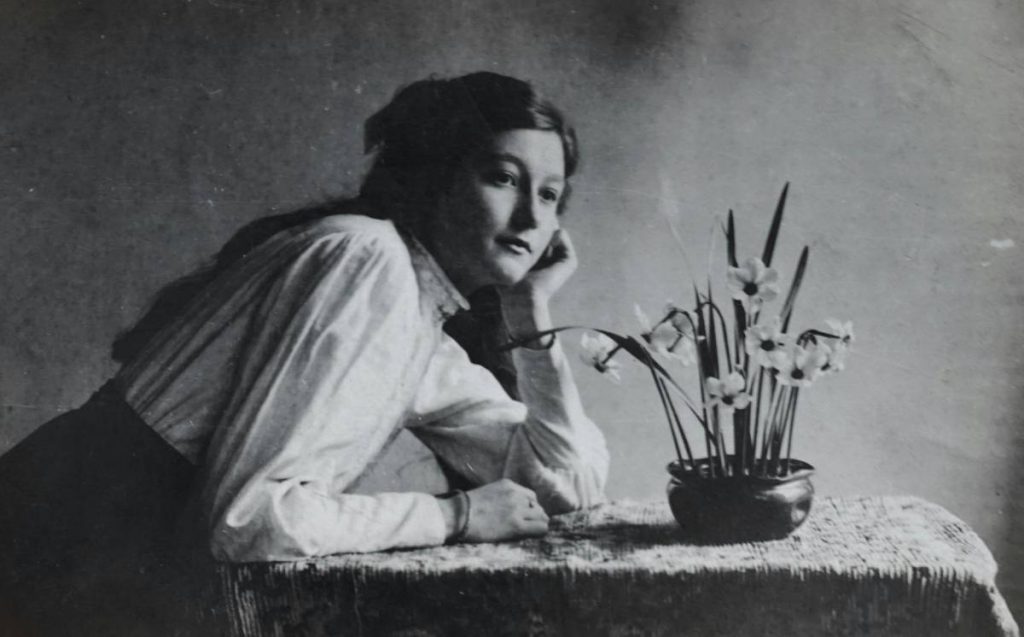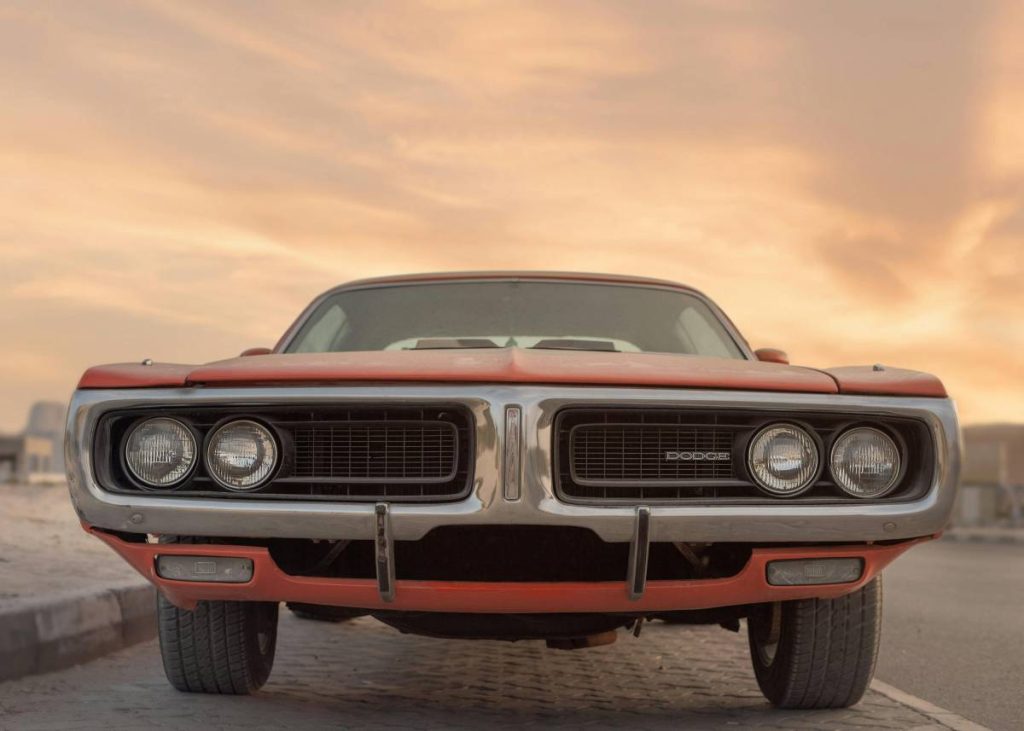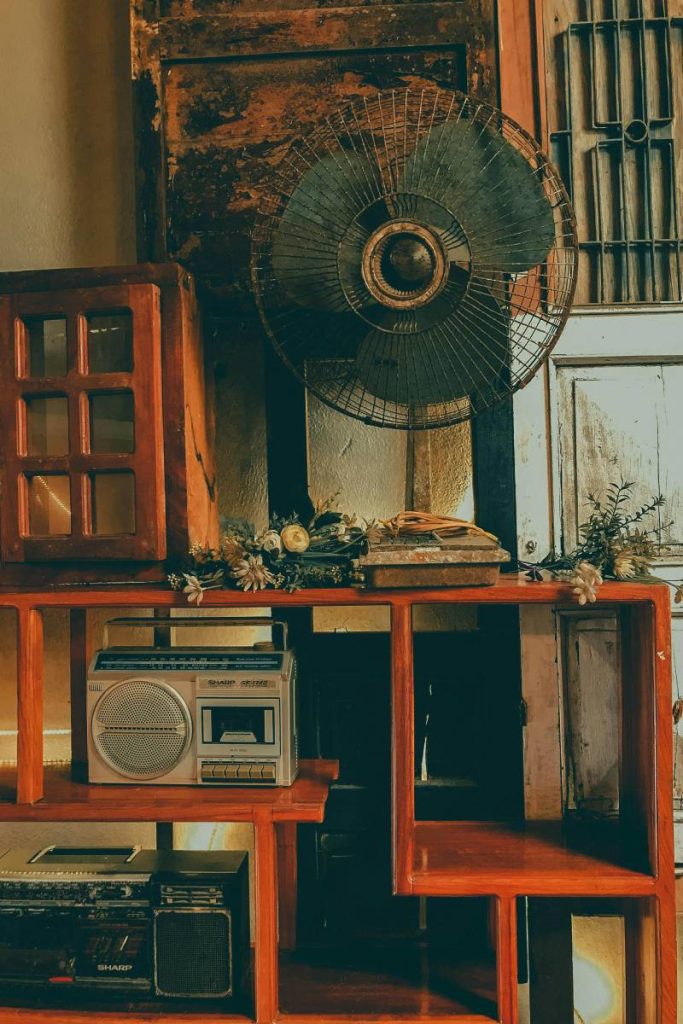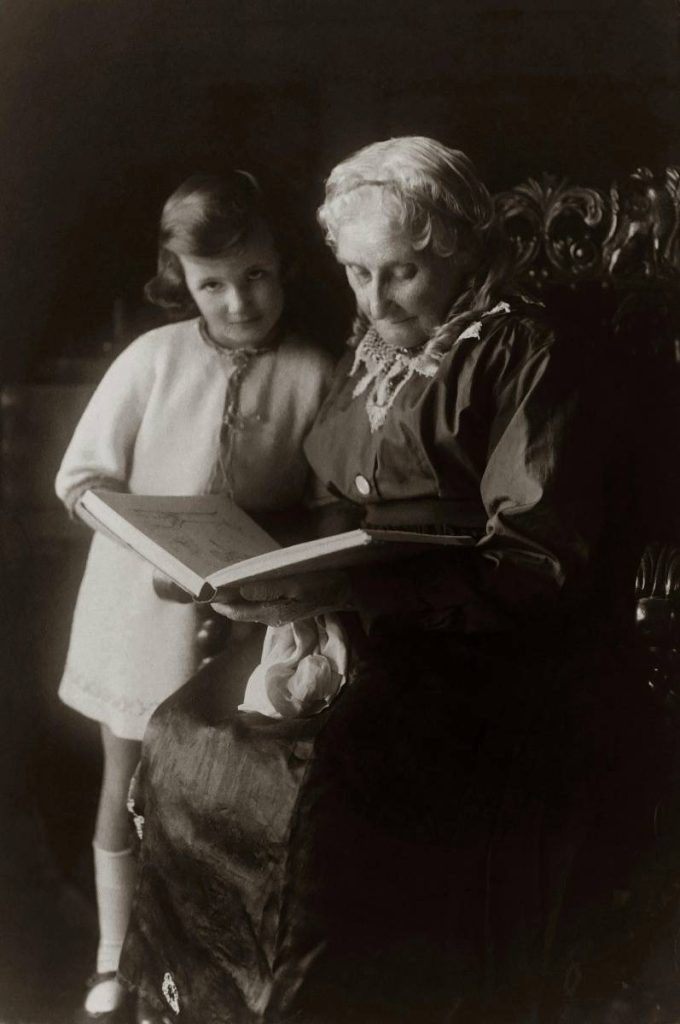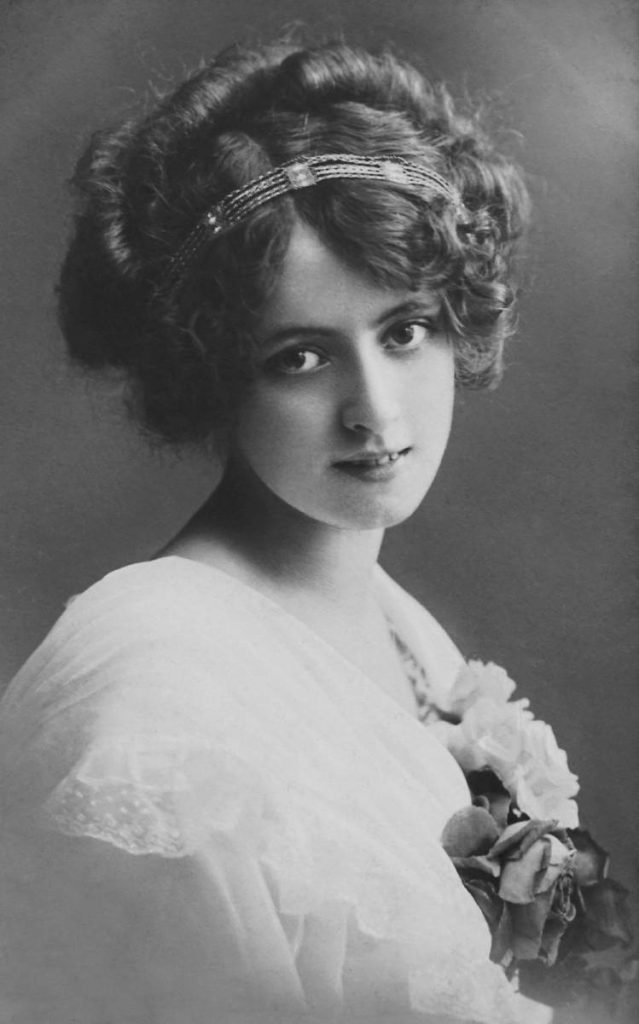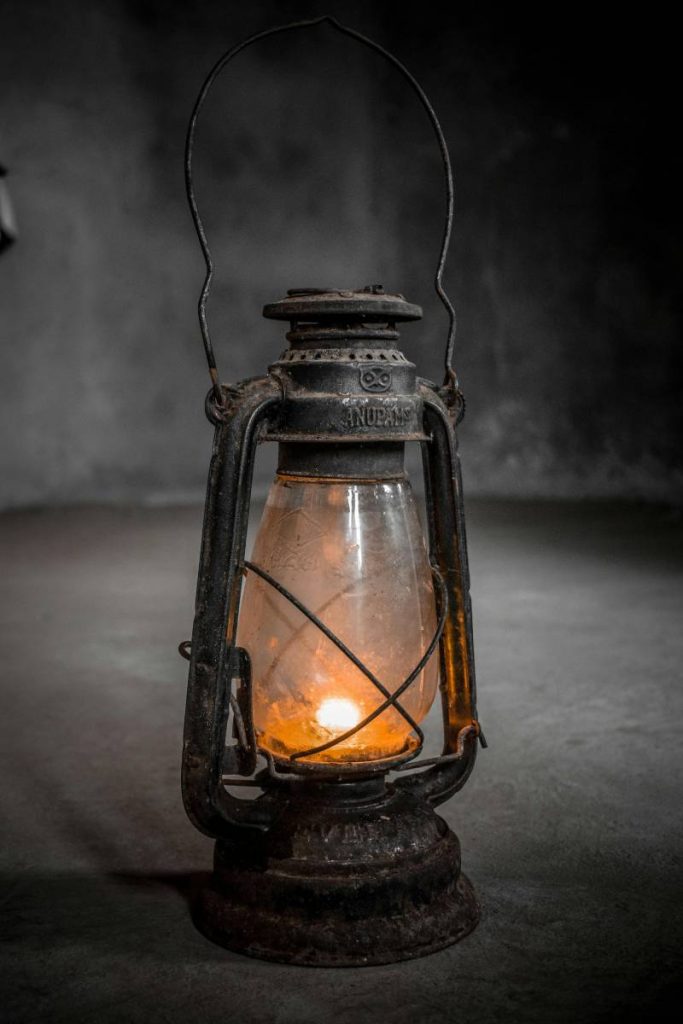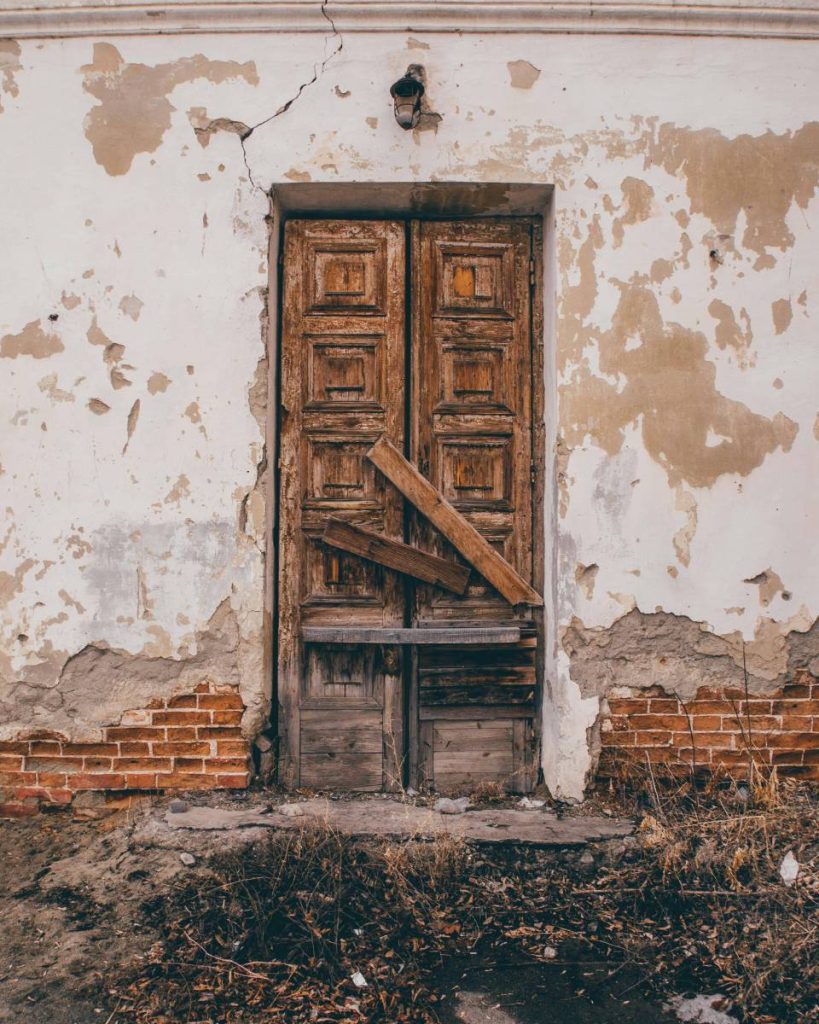Retro Photography: A Complete Beginner’s Guide to Vintage Style Photos
What Is Retro Photography?
Retro photography is a photography style that recreates the look and feel of past decades. It often mimics the colors, grain, and moods of old film photos from the 1950s to the 1990s. People use retro photography to capture a nostalgic or timeless feeling in their pictures.

A Brief History of Retro Photography
Retro or retrospective photography started from film photography before digital cameras were invented. Back then, people used film rolls, developed them in darkrooms, and created photos with vintage tones naturally. With the rise of digital cameras, many photographers missed the feel of old photos, so they started recreating those styles using filters, editing software, and vintage props.
Key eras in retro photography:
- 1950s – Black-and-white film, soft lighting, and simple backgrounds.
- 1970s – Color film became popular, with warm tones and slight blurs.
- 1980s–90s – Bold colors, flash photography, and grainy textures.
Features of Retro Photography
- Grainy Texture: Looks like old film.
- Warm or Faded Colors: Mimics aged prints.
- Vignetting: Dark edges around the image.
- Light Leaks: Random bright spots like film camera flaws.
- Old-School Props: Vintage cars, clothing, and furniture.
- Classic Poses and Backgrounds: Styled to match the old-time period.
Tools and Gear for Retro Photography
To create retro-style photos, you can use both modern and vintage gear.
Cameras:
- Film Cameras: 35mm or medium format cameras (like Canon AE-1 or Pentax K1000).
- Digital Cameras: With retro filters or manual settings (Nikon D500, Canon R6 Mark II).
Lenses:
- Manual Lenses: Old lenses give natural softness and blur.
- Primes Lenses: 35mm or 50mm are common in retro shots.
Props:
- Furniture: Old radios, typewriters, vintage chairs.
- Fashion: Retro dresses, hats, leather jackets, bell-bottoms.
- Vehicles: Classic cars or bicycles.
How to Compose a Retro Photo (Step-by-Step)
- Choose a Time Period: Decide the decade you want to reflect.
- Find the Right Location: Look for old buildings, vintage cafes, or natural areas with timeless vibes.
- Pick Appropriate Props and Clothing: Use clothes and items that fit the decade.
- Set the Lighting: Use soft natural light or recreate harsh flash like in old snapshots.
- Frame the Shot: Use symmetry or classic portrait angles.
- Shoot in RAW (if digital): This gives more control in editing.
- Edit Carefully: Use presets or manually adjust to get faded colors, film grain, and vintage tones.

Functionalities of Retro Photography
- Storytelling: Helps narrate themes from a past era.
- Creative Expression: Mixes fashion, history, and emotion.
- Cultural Preservation: Keeps the memory of old lifestyles and aesthetics alive.
- Commercial Use: Common in fashion campaigns, music videos, and themed photoshoots.
Advantages of Retro Photography
- Unique Style: Stands out from modern high-definition photos.
- Nostalgic Feel: Connects emotionally with viewers.
- Creative Freedom: Allows experimentation with props, editing, and setups.
- Popular on Social Media: Many love the aesthetic of vintage vibes.
Disadvantages of Retro Photography
- Requires More Planning: Location, props, and outfits must match the era.
- Can Be Costly: Vintage gear and film can be expensive.
- Harder to Master: Understanding lighting and composition takes time.
- Editing Takes Time: Manual adjustments needed to achieve the perfect look.

How to Become an Expert in Retro Photography
- Study the Past: Learn photography styles of each decade.
- Practice Film Photography: Try shooting with a film camera to understand the original feel.
- Use Editing Tools: Learn Lightroom or Photoshop to mimic film effects.
- Build a Prop Collection: Collect vintage clothes and items to use in shoots.
- Follow Retro Photographers: Get inspired by professionals in this genre.
- Join Photography Groups: Share and learn through feedback and community.
- Create a Portfolio: Start with personal projects and show your style online.

The Future of Retro Photography
Retro photography is growing in popularity, especially with platforms like Instagram and TikTok promoting visual storytelling. Even modern smartphones offer vintage filters. AI and editing software are making it easier to recreate old looks with high accuracy. However, real film photography is also making a comeback, with many young creators wanting to shoot “the old-fashioned way.”
The future is a mix of old and new—where classic styles meet modern technology.

